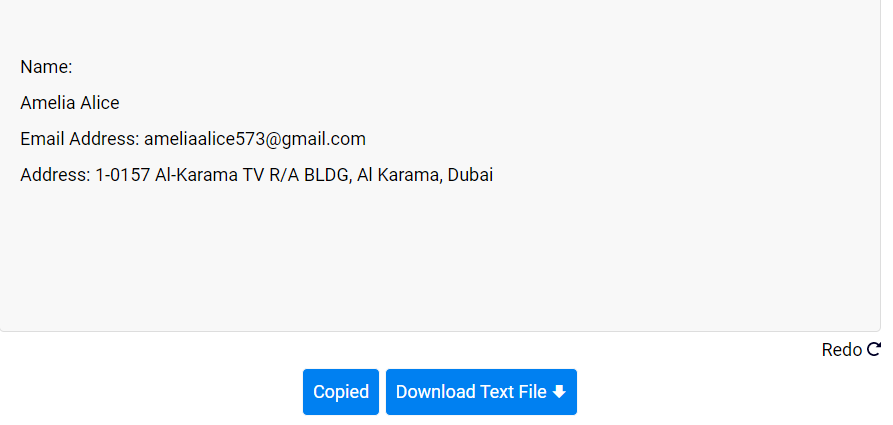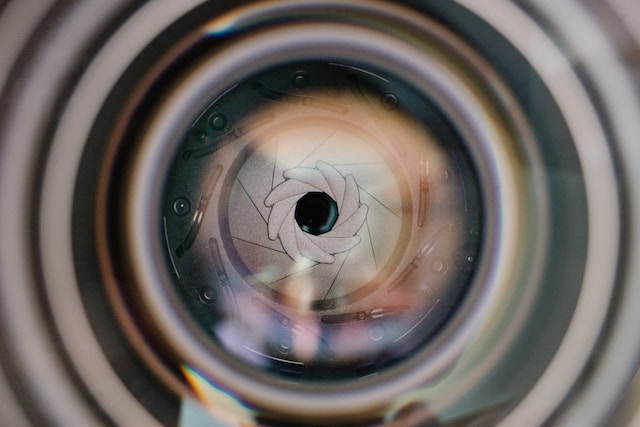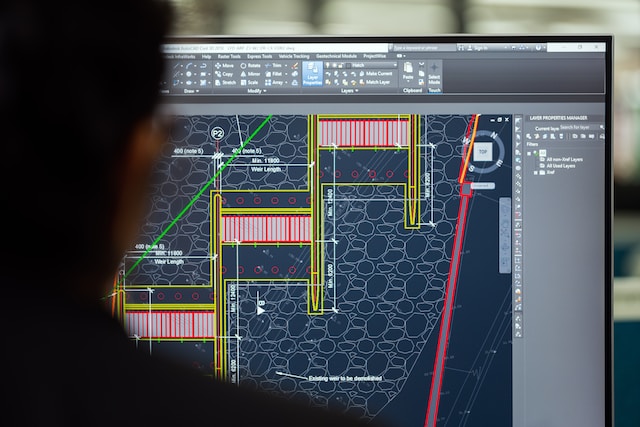Optical Character Recognition (OCR) technology has revolutionized the way data is stored and accessed by businesses and individuals alike. It is a form of technology that has been around since the early days of computing but has only recently come into its own due to the advances in machine learning and artificial intelligence.
OCR allows computers to recognize and understand written text, enabling the automation of processes that traditionally relied on manual data entry.
In this blog, we will explore the basics of OCR technology in the modern era. We will look at how OCR is used in a variety of industries.
What is OCR Technology?
OCR stands for optical character recognition. It is a form of artificial intelligence (AI) that can be used to recognize written or printed text. This technology can be used to convert digital images of text into an editable and searchable format.
It is a type of computer-assisted recognition technology that uses an algorithm to recognize text from images, documents, or PDFs. OCR technology can be used to process large amounts of text quickly, accurately, and reliably.
OCR is often used in combination with machine learning and artificial intelligence to improve accuracy and speed up the process.
OCR in the Modern Era
In the modern era, it is important to have access to technology that can help reduce the time and effort spent on tasks. It can automate tasks and increase the efficiency of processes. Here are a few of the major uses of OCR:
Uses of OCR in Business
OCR is a great way to streamline business processes. It can make data entry more efficient, allowing employees to focus their time on more important tasks. It helps to convert document management tasks into digital ones, making it easier to access and search through them.
It plays an important role in many different departments of business, including accounting, human resources, and marketing. In accounting, many documents take a lot of time to manually enter into computers such as invoices, receipts, and other employees’ records. Here OCR helps to convert them into digital formats quickly.
In human resources, there are documents of new and upcoming employees like resumes, CVs, and other letters. Here this technology can extract the text from them. In the marketing department, there are too many surveys, analyses, and graphs of customers’ needs. It is hard to save them all in paper form, so this technology converts them into digital form.
To give you an example of just how easy OCR can make office tasks, especially those related to
HR, here is an image of an OCR tool extracting the text from a resume.


Tool: imagetotext.info
One example of the usage of OCR in business is the automatic recognition to scan and identify product codes on goods and products, which can then be automatically entered into an inventory system. This process can save time and money by elimsinating the need for manual data entry.
Uses of OCR in Education
OCR creates an impact on educational sectors by converting documents, assignments, pdf, and textbooks into digital form. This allows teachers to easily store documents and share them with their students.
Other than this, OCR can also play a role in the administrative side of education i.e., when it comes to storing student information or the details of other faculty members. Like in businesses, OCR can also make things a lot easier in educational institutes.
Uses of OCR in Healthcare
OCR can be used in healthcare to help streamline the process of collecting, managing, and storing patient data. It can also automate the scanning of medical records and documents, saving healthcare providers time and effort.
This technology helps in each department of healthcare. For example, in the front office, there is a lot of pressure from incoming and outgoing patients, which can put the receptionists and clerks in a bit of a rush. However, with OCR at hand, all the paper processing can become quick and easy. This can usually involve handling things like:
- Checking in forms
- Appointment slips
- Check-up reports
The same goes for pharmacies. All kinds of prescriptions are converted into digital form to save the time of the patient as well as the pharmacy. For example, in billing, there is a rush of patients that are leaving at the same time, and it is difficult to manage them all at the same time. This is something that can be easily managed using OCR.
A healthcare provider can quickly scan and store medical records. This will help the provider quickly access the information they need, and it will save them time and money by eliminating the need to manually enter data into the system.
Benefits of OCR
This technology provides several benefits, including automation, accessibility, efficiency, and saving time. Here are a few of them:
Automation
It can be used to automate tasks and processes, which can help reduce the amount of manual labor required.
Accessibility
OCR technology can be used to create digital versions of documents, which can be accessed anywhere and anytime.
Efficiency
OCR technology can be used to quickly and accurately process large amounts of data. This technology can help businesses and organizations increase their efficiency and save time.
Save Time
OCR technology can help reduce the amount of time spent on tasks and processes, which can help businesses and organizations save time and money.
Final Words
In conclusion, OCR technology has revolutionized how businesses process and store data. By automating the tedious task of manual data entry, businesses can save time, resources, and money.
With the help of OCR technology, many industries now can be more effective and efficient in their operations, and reap the rewards of a streamlined workflow.







